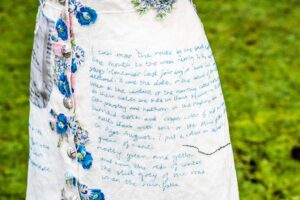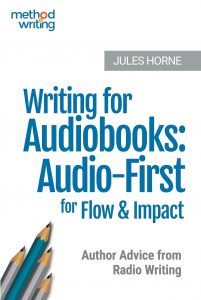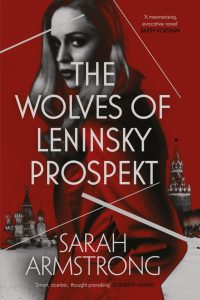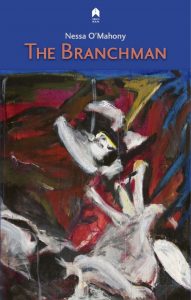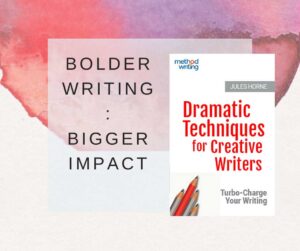Trigger warning: this blog contains sensitive information about adoption, surrogacy and egg donation.
I am thrilled to be published this month by Routledge with my life writing book, Another Mother Curating and Creating Voices of Adoption, Surrogacy and Egg Donation.
What do you think of when you imagine a ‘mother-to-be’? Is it a woman in skinny jeans checking her phone, waiting to hear if her surrogate has gone into labour? Is it a woman answering a social worker’s questions as she is assessed for her suitability to adopt? Or an egg donor whose genetic child will be born to and raised by another family? Contemporary explorations of motherhood have primarily focused on the biological mother raising the child she gave birth to.
Another Mother Curating and Creating Voices of Adoption, Surrogacy and Egg Donation gives voice to women who become mothers through the routes of adoption, surrogacy and egg donation, and their silent partners – birth mothers, surrogate mothers and egg donors – whose stories remain largely untold. 
The book is based on a life writing research project, which I undertook for a PhD in Creative Writing with the OU, graduating at the Barbican Centre, London, in March 2023.
The project was inspired by my own experience of adopting my second child. To help me make sense of my own journey from secondary infertility to adoption, I was consumed by a need to read diverse reflections and representations of mothering. Jackie Kay and Jeanette Winterson have published highly moving accounts of the adoptee’s experience (Kay, 2010; Winterson, 2011). Yet the voices of adoptive mothers – and indeed birth mothers whose children are adopted – are largely absent in literature. As are the memoirs of surrogate mothers who give birth to children for other mothers to raise, and egg donors whose genetic offspring are out there in the world with other families. I decided I wanted to write their stories.
I knew this would be a complex project involving nuanced ethical and artistic considerations and decided that doctoral study would provide the support and rigour required. The research was supported by the OU Human Research Ethics Committee. Building on the work of oral historians, I interviewed six women, drawing on a range of interdisciplinary approaches. The research presents the stories of (all names have been changed): Alison, a mother via egg donation and adoption; Charlotte, an egg donor; Rubi, who became a mother through surrogacy in India; Robin, a surrogate mother; Lorraine, an adoptive mother of two who was adopted herself as a baby; Margaret, a birth mother in her seventies who gave her baby up for adoption fifty years ago. My responses to the interviews, and my own personal experience of pregnancy loss and adoption, offer a seventh voice.
The first interviewee, Alison, showed me an embroidered quilt that her mother-in-law created to tell their family story — a pocket of a toddler’s jeans, the ribbon from a present, etc. This notion of the quilt, a tapestry, a rich woven artistic product encompassing different images, threads and stories became a metaphor for the way the project unfolded, combining different voices, registers, stories and forms. Working with the interview material, I produced a body of life writing – a literary tapestry – as a hybrid form of curated material (edited interviews and selected quotations from published work) and created material (poetry, reimagined scenes and lyric essay), accompanied by a critical meta-narrative.
The experimental form builds on the work of others, particularly: Tony Parker’s oral histories (Parker, 1972), Bahktin’s ‘heteroglossia’ (Bahktin, 1982), Roland Barthes’s ‘structural portrait’ (Barthes, 1977), Carolyn Ellis’s ‘autoethnography’ (2003), David Shields’ ‘collage as an evolution beyond narrative’ (Shields, 2011) and Jo Parnell’s ‘literary docu-memoir’ (Parnell, 2019).
The experience was transformative, as a writer and a mother. The process changed the way I approached life writing: I learned that editing interviews is a creative act, allowing patterns, motifs and themes to emerge, while revering the interviewee’s individuality and personal diction. Colour and texture were added through my creative responses.
On a personal level, as a biological and adoptive mother, I undertook the process of researching and writing these mothers’ stories as a quest to deepen my own understanding of what it means to mother a child when your child has another mother (through adoption, surrogacy or egg donation). Undertaking this research helped me to expand my own understanding of the complex and evolving landscape of motherhood through adoption, surrogacy and egg donation. Ultimately, I hope the book will help readers do the same.
For more information, please visit shantaeverington.wordpress.com

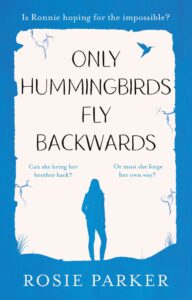
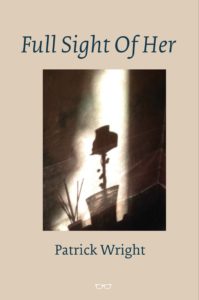
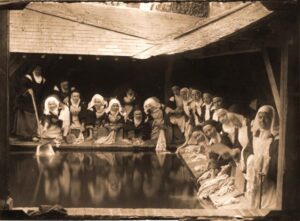
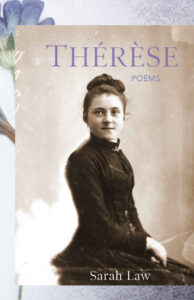
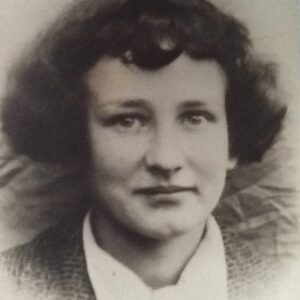
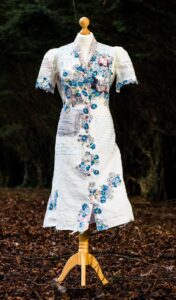 Sewing requires concentration and attention to detail – it can’t be done mindlessly. It’s absorbing, but at the same time seems to open up a breathing space in the mind where ideas come out to play almost unnoticed. Textile craft speaks to the human need to make. Anything we make with our own hands carries with it a story.
Sewing requires concentration and attention to detail – it can’t be done mindlessly. It’s absorbing, but at the same time seems to open up a breathing space in the mind where ideas come out to play almost unnoticed. Textile craft speaks to the human need to make. Anything we make with our own hands carries with it a story.